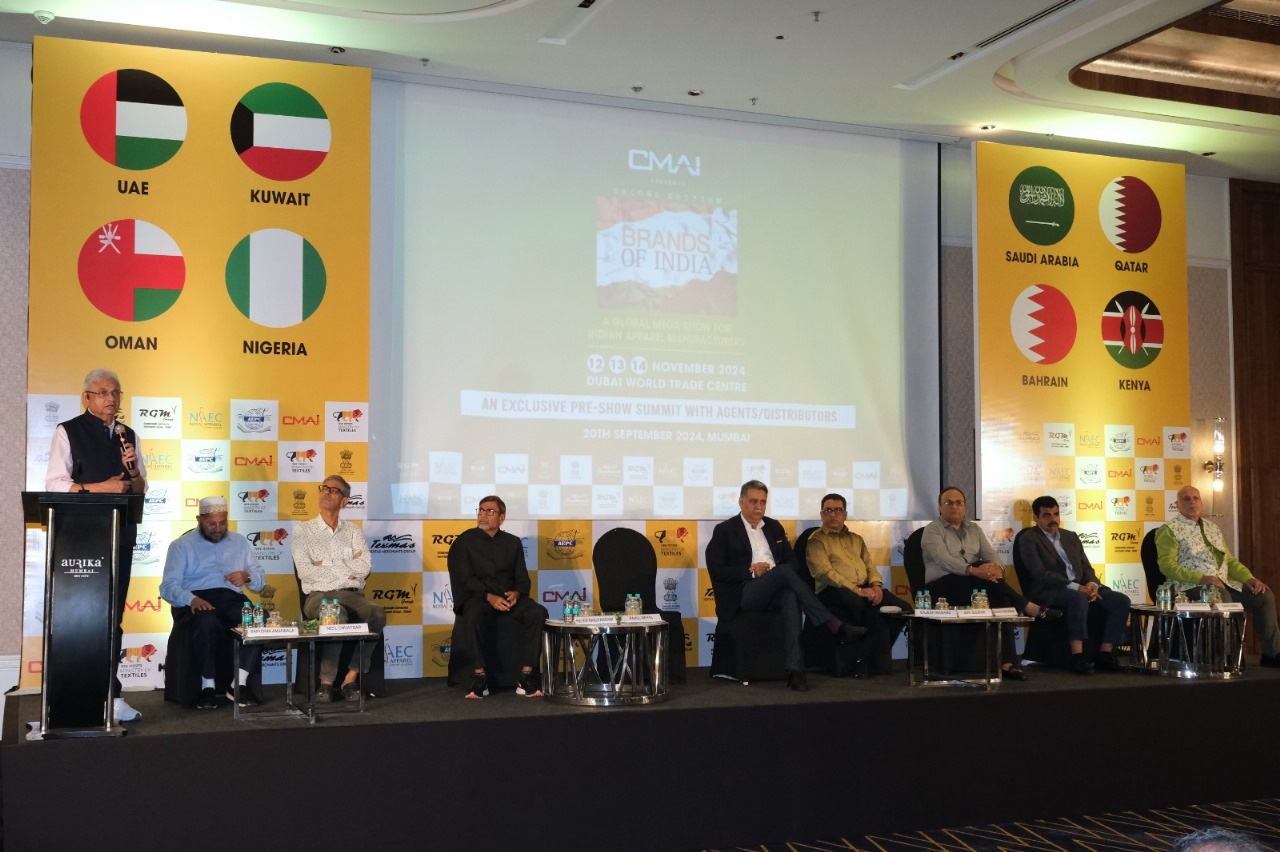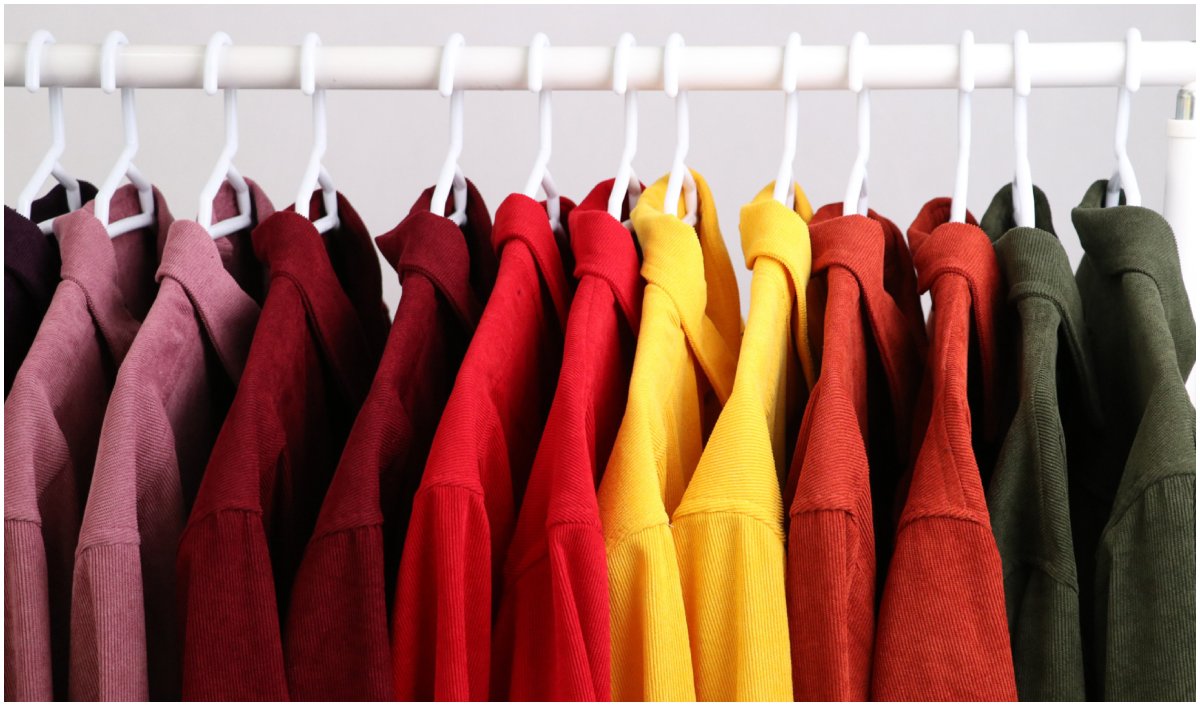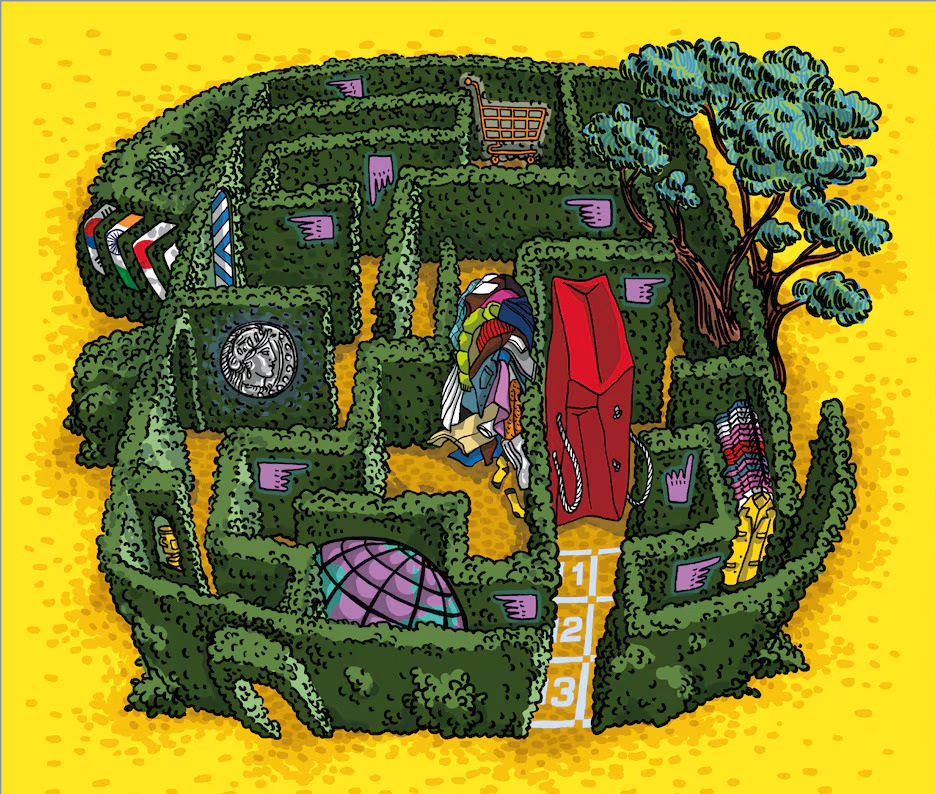With the country primarily focusing on the production of cotton garments, investment in artificial fibers by Bangladesh continues to remain low. The country currently invests Tk7,000 crore in this emerging sector.
Bangladesh’s participation in the manmade fibers market remains minimal despite the global demand for garments made from these fibers rising. Currently, Bangladesh produces only 5 per cent of the manmade fibers garments produced on a global scale.
On the other hand, if Bangladesh could increase its investment in the manmade fiber garments to $18 billion by 2032 it would be able to increase its exports to $46 billion, says a study titled ‘Beyond Cotton – A Strategic Blueprint for Fibre Diversification in Bangladesh Apparel Industry,’ by the Bangladesh Garment Manufacturers and Exporters Association (BGMEA) conducted in March this year. This would entail an investment worth $4.6 billion in the production of fibers, filament, and yarns and $9.2 billion for manufacturing of fabrics and $4.2 billion for garment manufacturing. The proposed investment would also support the installation of 4.7 million additional spindles, 14,000 knitwear machines, and 0.5 million sewing machines.
A separate study by PricewaterhouseCoopers (PwC) for BGMEA in April also urges Bangladesh to enhance its capacity for manufacturing garments from manmade fibers. The report projects that by 2030, 60 percent of the $1,121 billion global garment market will consist of manmade fibers, with cotton and cotton-rich garments making up 35 per cent and other materials 5 per cent. In 2022, manmade fibres accounted for 50 percent of the $953 billion global garment trade, with cotton and cotton-rich fibers at 37 per cent, and others at 13 per cent.
Specifically, the global trade of four key garment items—brassieres, technical textiles, activewear and swimwear, jackets, suits, and blazers—amounted to $100 billion in 2022, with 73 per cent of this value derived from manmade fibre-based items.
Monsoor Ahmed, Additional Director, Bangladesh Textile Mills Association (BTMA), notes, there are currently six to seven mills dedicated to producing manmade fibers, and several have expanded their capacities to include both manmade and cotton fibers to meet local demand and export small quantities. However, most demand is still met through imports, primarily from China.
Abul Kalam Mohammad Musa, Managing Director, Mumanu Polyester Industry, has been producing manmade fibers from discarded PET bottles since 2018. Despite having a production capacity of 120 tonnes per day, he can only utilise half due to raw material shortages and import restrictions on necessary polymers. Musa purchases plastic bottles from scrap dealers at Tk 59 per kilogram and sells the fiber at Tk 115 per kilogram.
Similarly, Mahbubul Hasan, Managing Director, Maliha Polytex Fibre Industry, produces 120 tons of manmade fibers daily from PET bottles. However, he is concerned about potential raw material shortages that could disrupt production. Hasan established his mill with an investment of Tk 200 crore in 2017, initially benefiting from a suspension in PET bottle exports to China and India. Now, both countries have resumed imports, affecting local availability.
SM Khaled, Managing Director, Snowtex Group, a garment exporter, states, local millers currently meet less than 5 per cent of the demand for manmade fibers, forcing garment exporters to rely on imports, which is a time-consuming process.












